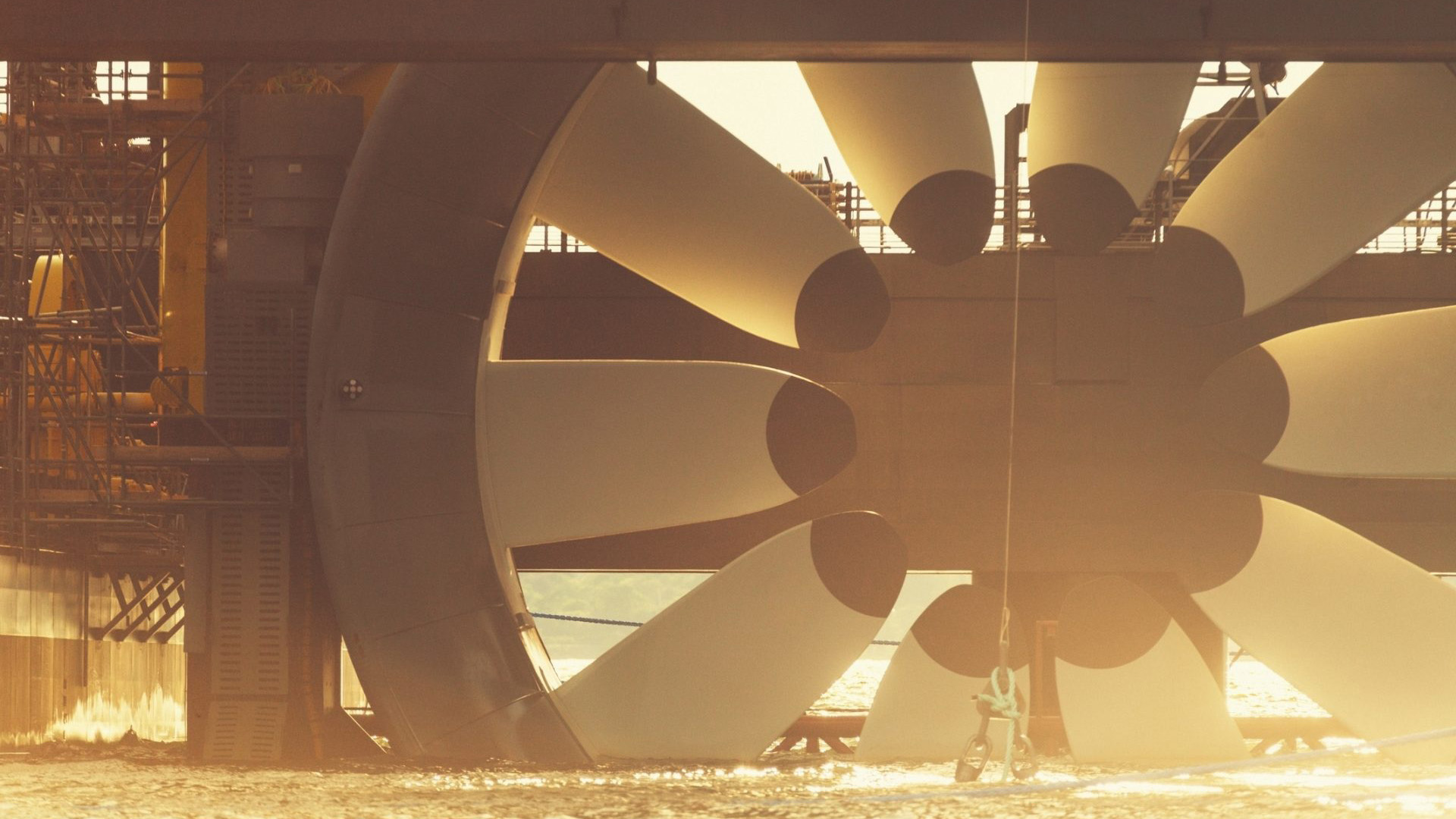Surging gas prices have many consumers pinching pennies and, unfortunately, costs aren’t expected to get any better as we enter the holiday travel and gift-giving season. A new report by CEA calculates just how much more consumers will have to pay for gasoline this winter.
Thankfully, things are looking up for Midwesterners on the energy infrastructure side, after a spokesperson for the White House clarified this week that the Biden Administration is not looking to shut down the Line 5 pipeline. While this is a relief to many during the current energy crisis we’re facing, Michigan’s Governor Gretchen Whitmer continues to oppose the project, despite the costs savings, jobs and environmental safety assurances the pipeline will provide.
On Wednesday, the U.S. and China unveiled a bilateral agreement to reduce emissions and slow global warming. The two countries will establish a working group to increase action in the remainder of this decade. The working group will meet in the first half of next year.
For more of our favorite energy stories this week, check out our top five picks below!
A new way to harness energy from ammonia
A research team at the University of Wisconsin-Madison has identified a new way to convert ammonia to nitrogen gas through a process that could be a step toward ammonia replacing carbon-based fuels. The discovery of this technique uses a metal catalyst and releases, rather than requires, energy. The Brighter Side reports that the metal complex can also be recycled and used repeatedly creating a much cleaner process than using carbon-based fuels.

Reducing costs through the reinvention of CO2 capture
Direct air capture is technology designed to suck CO2 from the atmosphere and could be a critical tool in fighting climate change. However, direct air capture is currently too expensive to be a valuable tool. Fast Company reports that one startup wants to help bring costs down by changing a key material used in the technology that’s much cheaper than the raw materials used in other methods.

Tidal power is making waves in electricity generation
As the world looks to curb climate change and reduce fossil fuel emissions, some companies are focusing on tidal waves as a relatively untapped but vast and abundant source of energy. CNN Business reports that two firms are working to harness ocean currents in different ways to try to generate reliable clean energy.

New solar technology serves as a source of fresh water
One of the most popular and simple ways of desalination is the distillation of water with the help of solar energy. Power engineers at Ural Federal University have developed a new desalination technology that will significantly reduce the cost of desalination and quadruple the volume of production. The Brighter Side reports that the new technology’s simple design and low cost could be helpful in countries with high solar energy potential and a shortage of fresh water.

The path to zero-emission air travel
Airlines are investing heavily in ‘sustainable aviation fuel’ — kerosene mixed with renewables and waste — to cut levels of carbon dioxide and in recent years, the focus has increasingly switched to hydrogen as a more efficient alternative. National Geographic reports that one company in the UK has been working on sustainable aviation technology and is developing a hydrogen-electric propulsion system that can power a far larger 19-seater plane.


